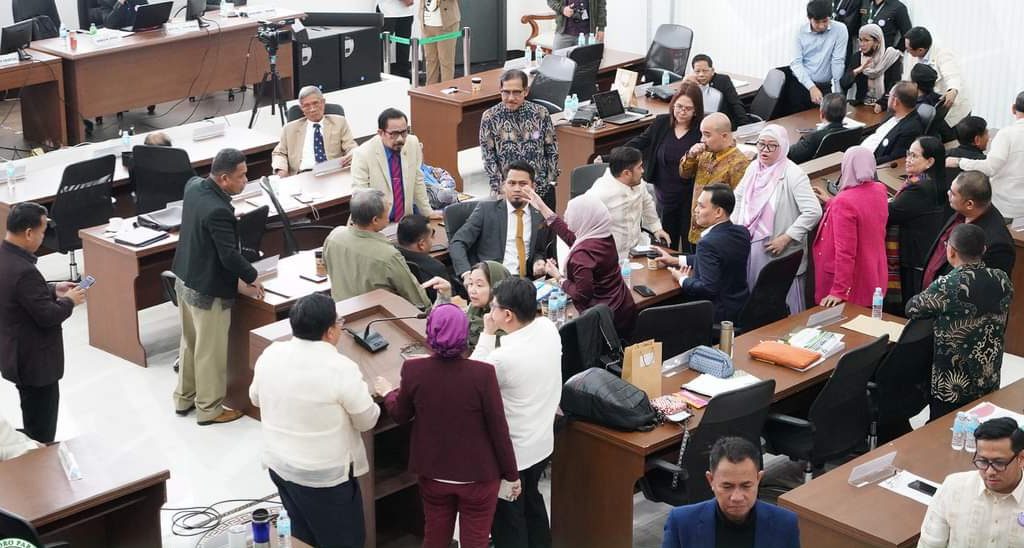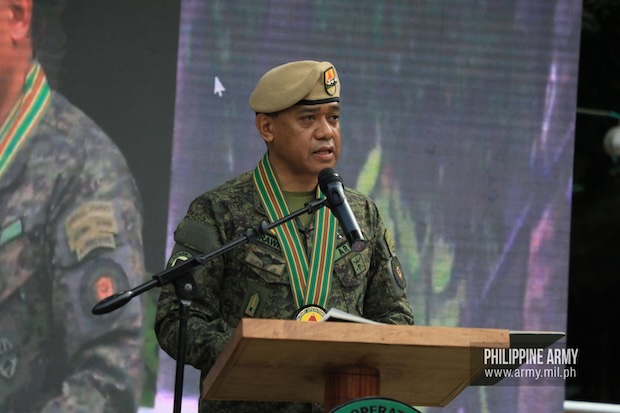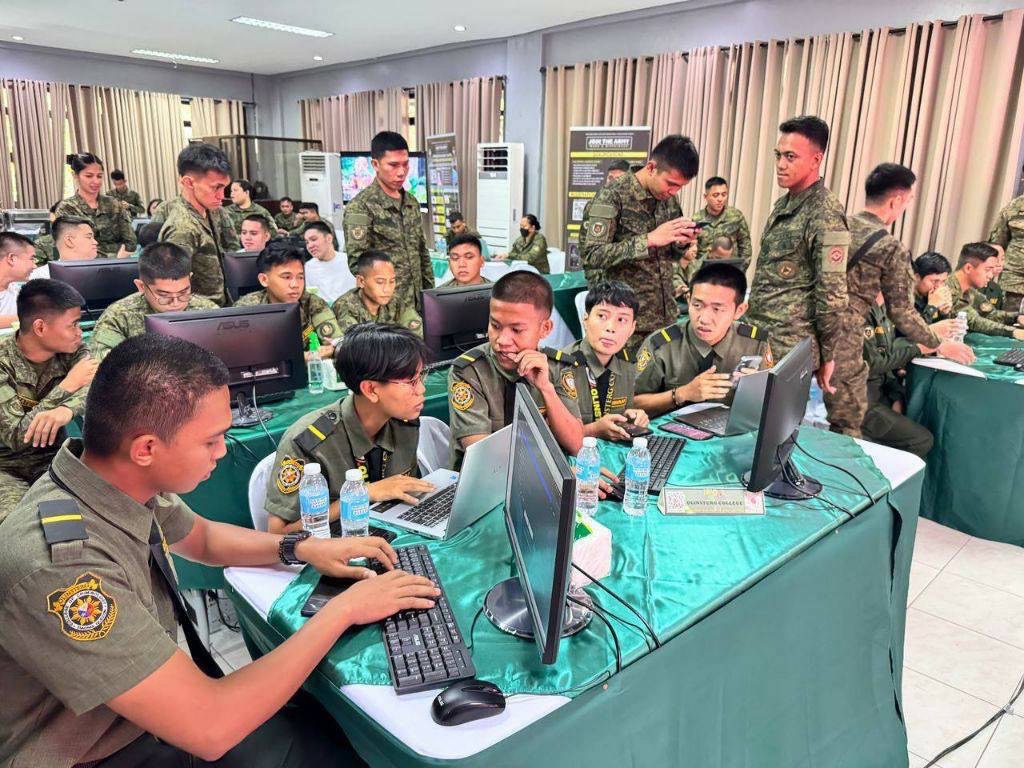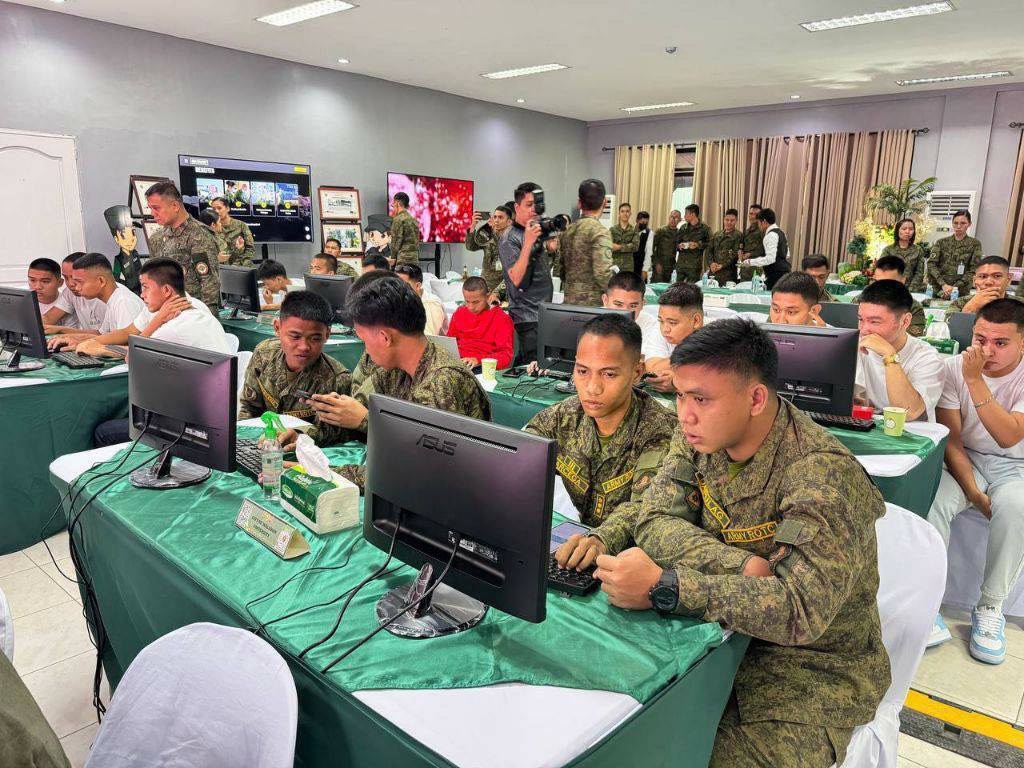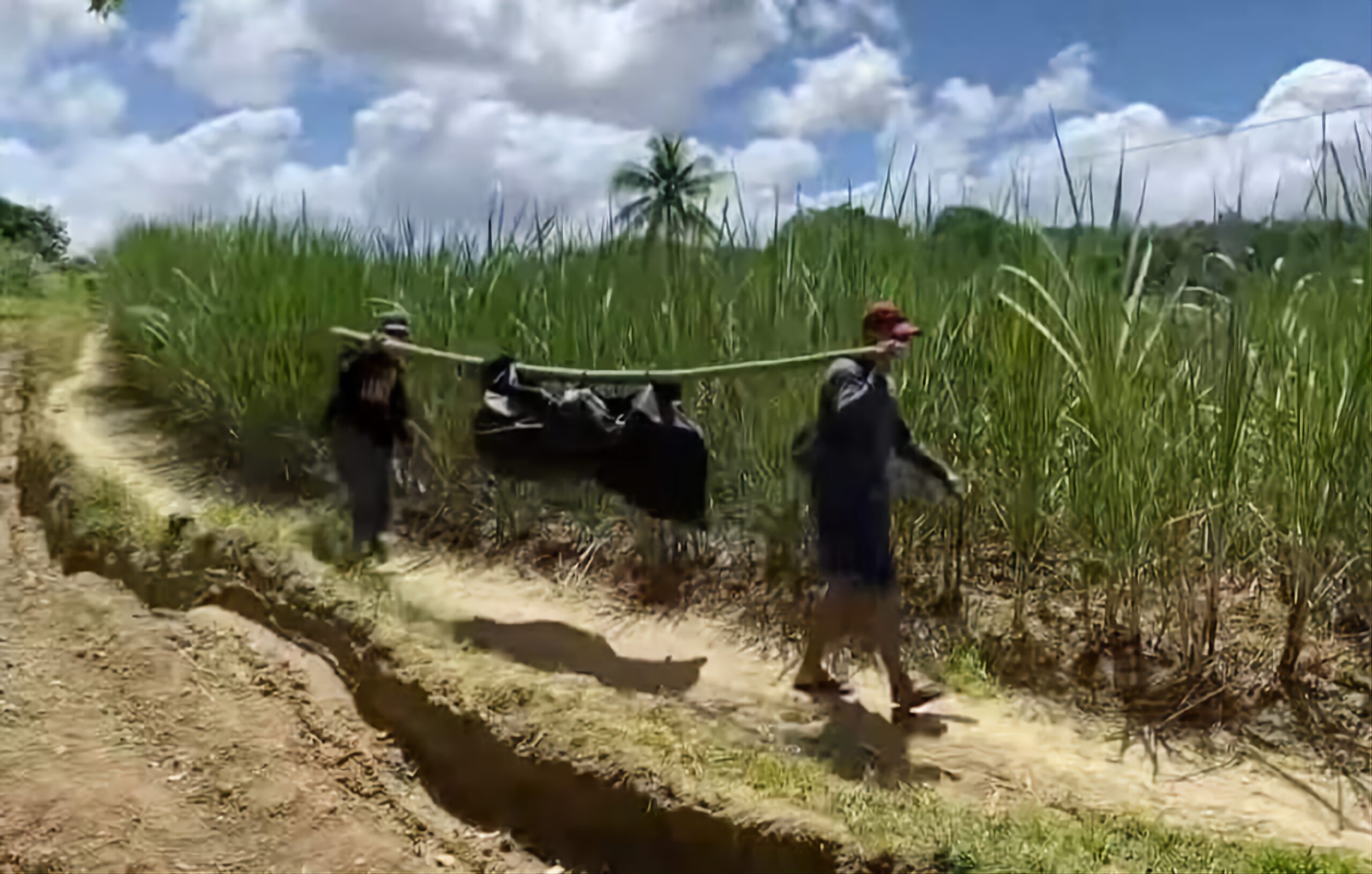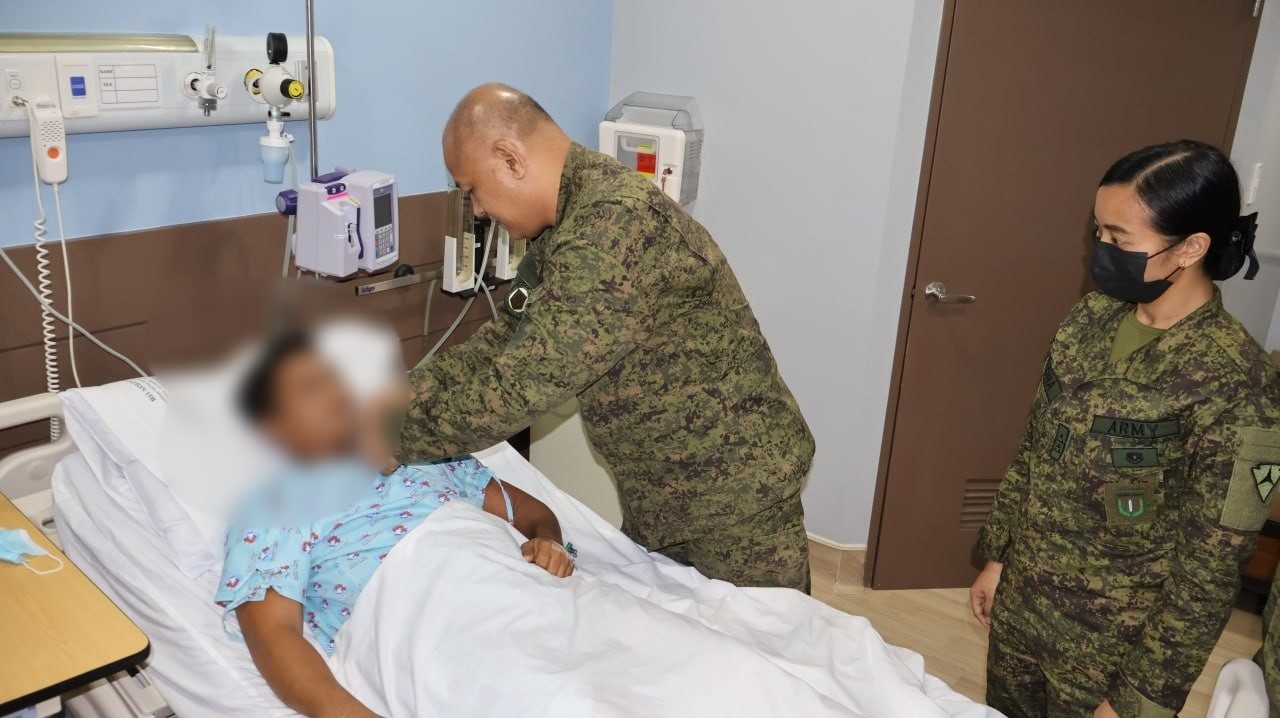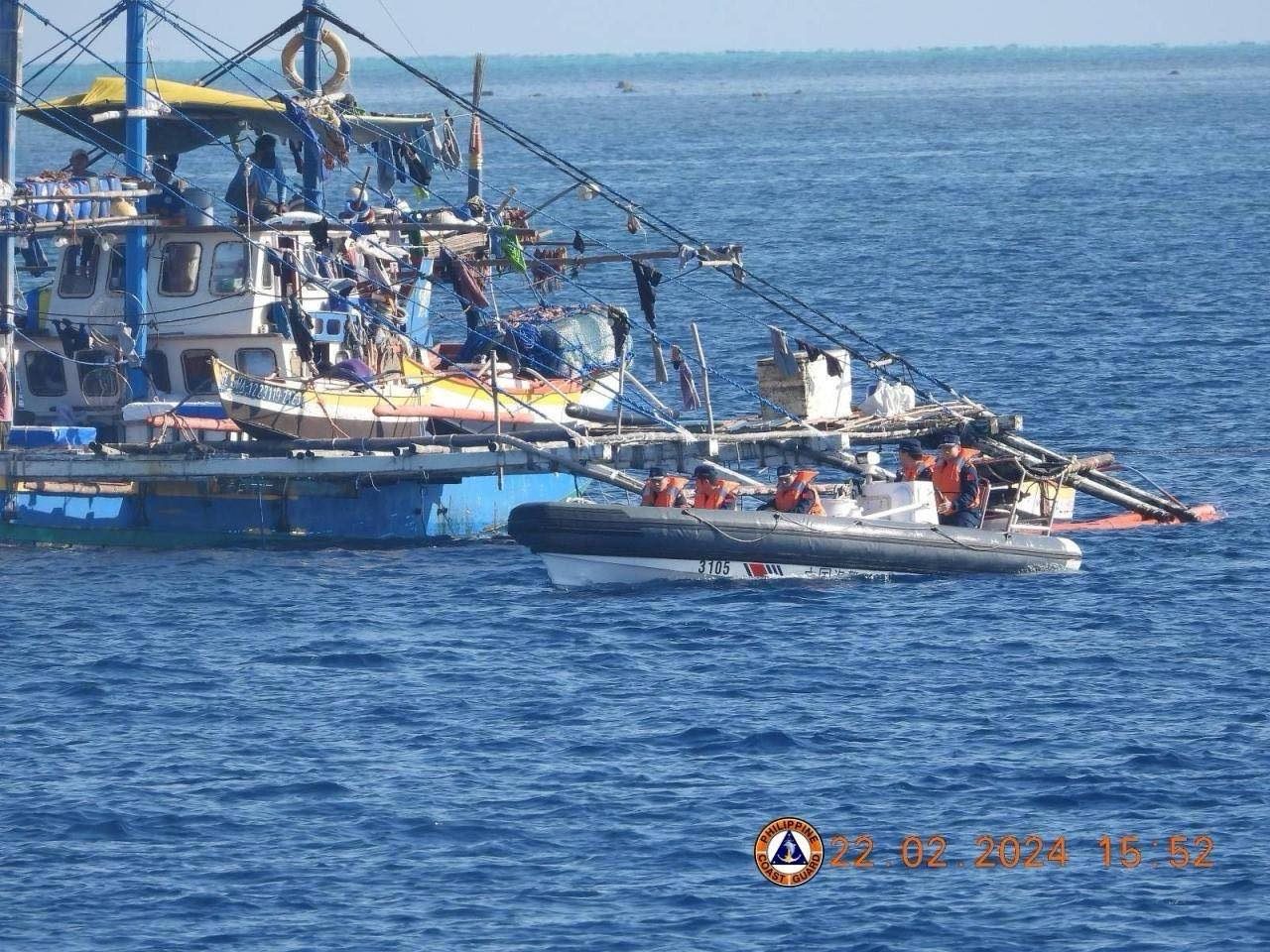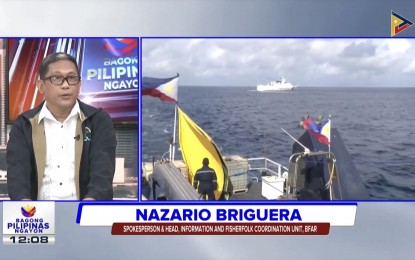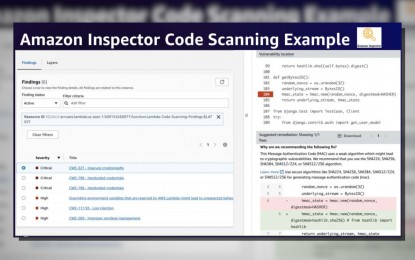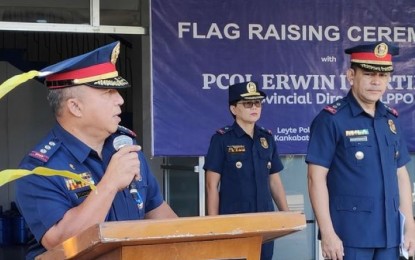Posted to the BusinessWorld (Feb 27, 2024): A ‘re-horizoned’ AFP modernization program: What does it mean? (By Sherwin E. Ona)
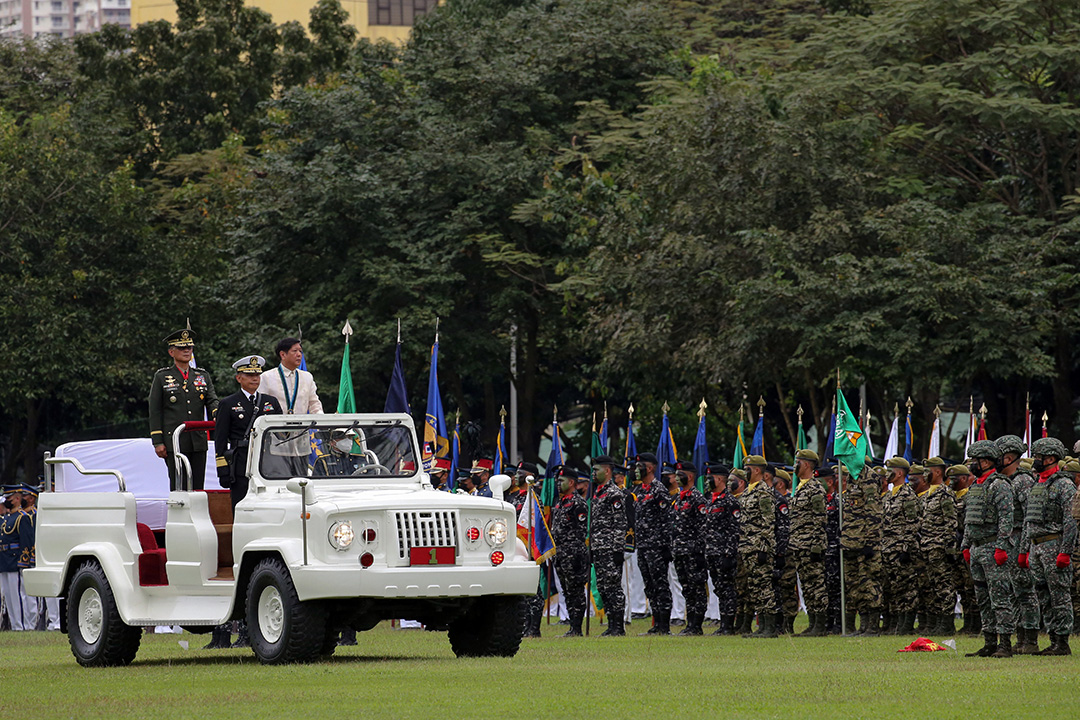
LAST MONTH, President Ferdinand Marcos, Jr. approved the revised Horizon 3 of the Armed Forces of the Philippines (AFP) modernization program (AFPMP). Dubbed as a “re-horizoned” iteration of the last phase of the AFPMP, it was also announced that it will have a price tag of P2 trillion ($35 billion) covering a 10-year period. However, details about this ambitious plan remain elusive.
For the uninitiated, the question is: “What does this mean?” It is possible that its significance is lost on ordinary Filipinos because of its ambiguity. Therefore, it is important to “connect the dots” and present a picture of what this new program entails. Existing policies, pronouncements by public officials, as well as reports from traditional and nontraditional sources can help us unpack the issue and offer a possible direction of the program.
To start, the National Security Policy (2023-2028) or NSP provides a general idea of the program’s direction. The NSP underscores the importance of preserving the country’s sovereignty and advancing its national interest. It also views the attainment of a credible defense posture as a crucial component of national security.
In addition, pronouncements by public officials give us a glimpse of how the program will be realized. For instance, statements from Defense Secretary Gilbert Teodoro and AFP Chief General Romeo Brawner, Jr., declared that the revised program will allow the AFP to protect its exclusive economic zone (EEZ) and secure the country’s economic interests. Secretary Teodoro also introduced the Comprehensive Archipelagic Defense Concept which underscored the importance of protecting the country’s natural resources and guarantee the unimpeded and peaceful exploration of these resources. He further stressed that violations of Philippine territorial integrity and sovereignty cannot be tolerated.
And then there are the traditional and non-traditional media. News reports combined with reliable social media sources present the specific weapons systems for the revised horizon. There are four prominent items that are discussed in these reports. These are:
a.) The acquisition of multi-role fighters (MRFs): Initially envisioned in the 1990s, the Philippine Air Force (PAF) MRF dream has yet to come to fruition. This platform can provide the PAF with combat aircraft that can adapt to multiple missions. It can be a traditional jet fighter/interceptor and capable of air interdiction (e.g., Maritime strike and ground attack) and air support roles. For this, the highly anticipated acquisition of 12 to 14 JAS-39 Gripens from Sweden can provide the PAF with this unprecedented capability. There are also reports that used F-16s are being considered. Although the exact number and airplane variant are still unknown, these aircraft are expected to complement the Gripens. Aside from the MRFs, there is also this idea of expanding the country’s current FA-50 fleet through the additional purchase of the upgraded block 20 model. It is said that this acquisition mix will allow the AFP to achieve its desired 36 to 40 combat aircraft threshold.
b.) Renewed interest in subsurface capability: In particular, this pertains to the planned acquisition of submarines by the Philippine Navy (PN). This report has received much fanfare lately since President Marcos himself has developed a keen interest in this matter. The PN is said to be eying two to three units, with France, Spain, and South Korea as the possible contenders for this project. In addition, the navy is also eyeing the expansion of its current fleet of anti-submarine warfare helicopters.
c.) Maritime Domain Awareness: Another significant facet of the revised horizon is the improvement of the country’s maritime domain awareness capability. This means that the 3rd horizon will prioritize the acquisition of land-based radar and airborne surveillance systems that can give the AFP the ability to monitor the country’s air and maritime spaces. Combined with the proposed subsurface capabilities, an integrated domain surveillance and intelligence platform can provide a 3D and 24/7 view of our territories.
d.) Acquisition of area denial/anti-access systems: The acquisition of the Brahmos cruise missile system from India provides the AFP with a significant stand-off (long range) capability against maritime and land targets. With a range of 290 km and a speed of Mach 3, this land-based system will allow us to hit targets well beyond our EEZ. Thus, this platform is a potent deterrent against naval aggression in the West Philippine Sea. Furthermore, it has been reported that the Philippine Army is planning to acquire the High Mobility Artillery Rocket System (HIMARS) platform from the United States. This platform made its battlefield debut in Ukraine where it was used with stunning lethality against Russian frontline positions, command and control structures, as well as their logistics hubs.
If these reports are accurate, then how can we characterize the direction of this “re-horizoned” phase of the AFPMP? First, there is a strong emphasis on external defense. The previous intention of the program was to improve the country’s territorial defense and focus on restoring the AFP’s lost capabilities. However, this new phase goes beyond the earlier objectives by highlighting the importance of extending our military capabilities beyond our coastlines. For instance, having the ability to enforce the Philippine air defense identification zone combined with stand-off systems to defend our EEZ can give any aggressor something to worry about. Combined with the ability to monitor its maritime domain and airspace, this new horizon also adds a significant deterrence value.
Second, this new phase will also enable the Philippines to respond to contingencies. The potential flashpoints in the Taiwan straits and the West Philippine Sea are the obvious factors behind this shift. In addition, the new horizon can be viewed as part of the Marcos administration’s policy to strengthen its security alliances with United States, Japan, Canada, Australia, among others. Consequently, the completion of this horizon will provide the Philippines with capabilities that will allow its meaningful participation in joint military exercises in the region and even beyond.
Overall, this new direction for the 3rd horizon of the AFPMP, despite being modest, signifies the strong commitment of the Marcos administration to enhance the country’s defense posture. This will also allow for the enforcement of the country’s baseline and maritime laws. Furthermore, this new horizon recognizes the country’s crucial role in the stability of the Indo-Pacific region.
Finally, the new program can also open opportunities for collaboration especially in building the country’s defense industries. Agreements on technology transfer, in-country production, and professional exchanges can significantly contribute to national development.
[Sherwin E. Ona, PhD is an associate professor of the Department of Political Science and Development Studies at De La Salle University, Philippines. He is a senior fellow of the Philippine Public Safety College and the Stratbase-ADR Institute. At present, Dr. Ona is a visiting fellow of the Institute for National Defense and Security Research in Taiwan.]
https://www.bworldonline.com/opinion/2024/02/27/577879/a-re-horizoned-afp-modernization-program-what-does-it-mean/#google_vignette

/bnn/media/media_files/9c90c1d2437ce531e18480d5e66a0c663817b0c393f5acc20274bab7dcafe3c4.jpg)




